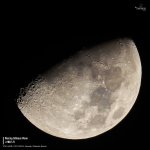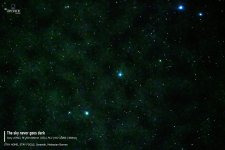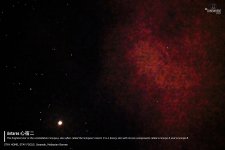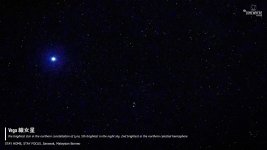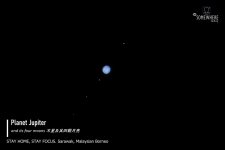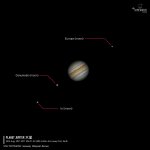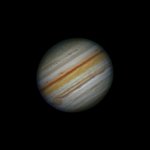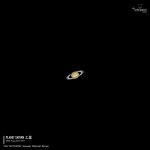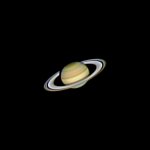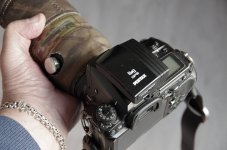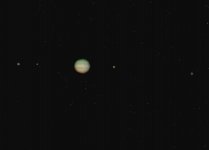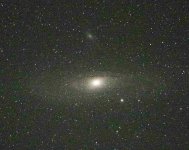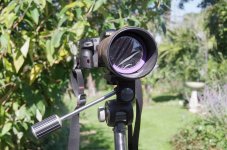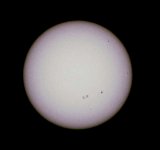dixonlau
Well-known member

Due to pandemic, many of us being stuck or stay at home more often. Park and some outdoor activities were off limit on and off. Mind as well take up new activity using your existing birding gears and pointing up in night sky while staying at home.
I don't own binoculars or spotting scope, but you should be able to take some nice astronomical pictures of some bright stars if you know where to point to. There are some cheap smartphone adapter that can easily attach (clip-on) to your scope eye pieces.
The following photos were taken using my wildlife gears, Sony A7Riii, Sony FE 200-600mm, some using 1.4x TC. All taken in single shot on tripod. No astro tracking mount in use.
I don't own binoculars or spotting scope, but you should be able to take some nice astronomical pictures of some bright stars if you know where to point to. There are some cheap smartphone adapter that can easily attach (clip-on) to your scope eye pieces.
The following photos were taken using my wildlife gears, Sony A7Riii, Sony FE 200-600mm, some using 1.4x TC. All taken in single shot on tripod. No astro tracking mount in use.




